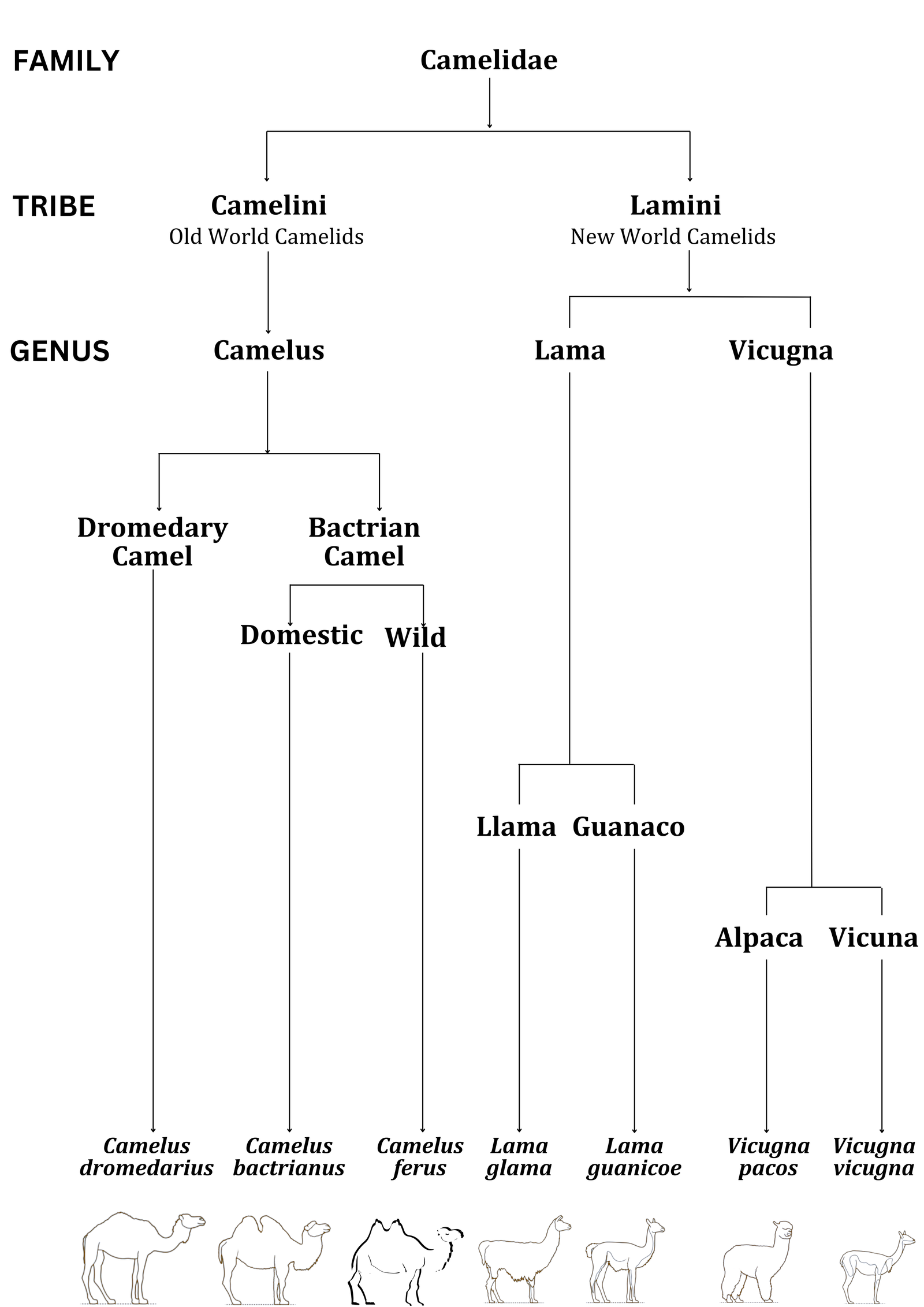Published on January 2024 | Sustainability, Climate Change, Animal Husbandry

The Camelidae family includes the Old-World camelids, represented by the Dromedary (one-humped) camel (Camelus dromedarius) and Bactrian (two-humped) camel (Camelus bactrianus), as well as the New-World camelids, also known as South American camelids (SACs), which consist of Llama (Lama glama), Alpaca (Lama pacos), Guanaco (Lama guanicoe), and Vicuña (Vicugna vicugna). Known for their resilience, camelids exhibit specialised anatomical, physiological, and behavioral adaptations that enable them to thrive across a spectrum of challenging environments-from arid deserts to the elevated Andean highlands. Apart from being an intertwined part of cultural heritage, camelids emerge as vital economic contributors for local communities, providing invaluable resources such as fibre, milk, and meat, thereby playing a central role in the economic well-being of these regions. Amidst the escalating effects of climate change, with conventional agriculture and livestock production becoming virtually impossible, these miracle species are emerging as the centrepiece of global interests. This paper aims to promote awareness of the crucial roles played by camelids by investigating their inherent connection with the traditions and heritage of indigenous communities while also examining their contribution for ensuring sustainable economic growth and food security.